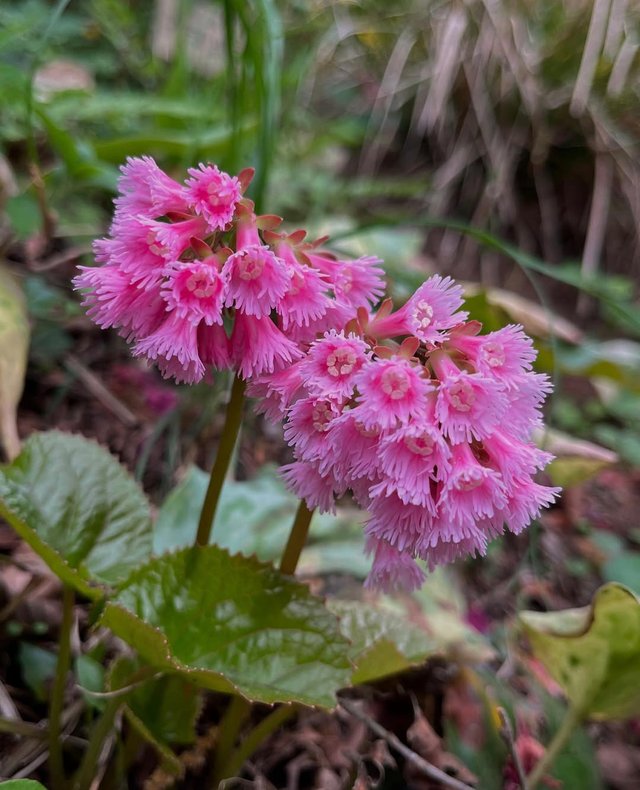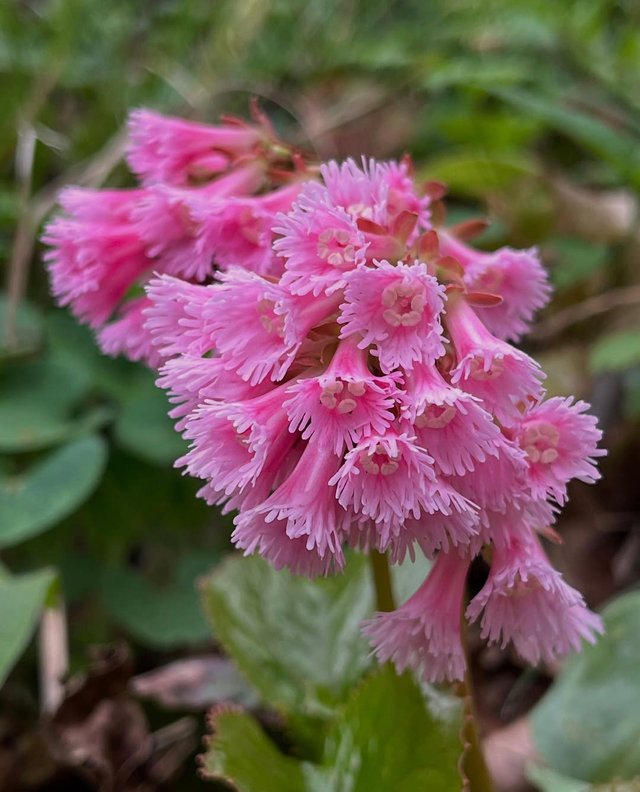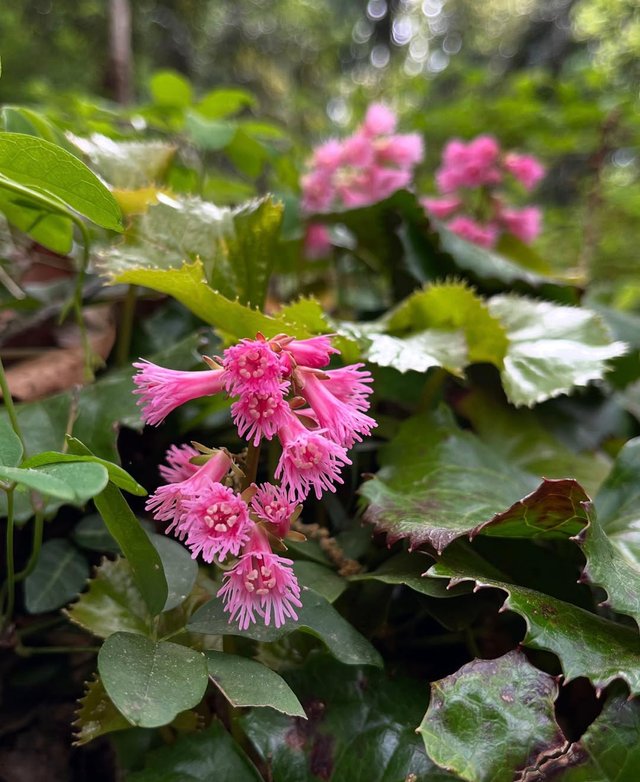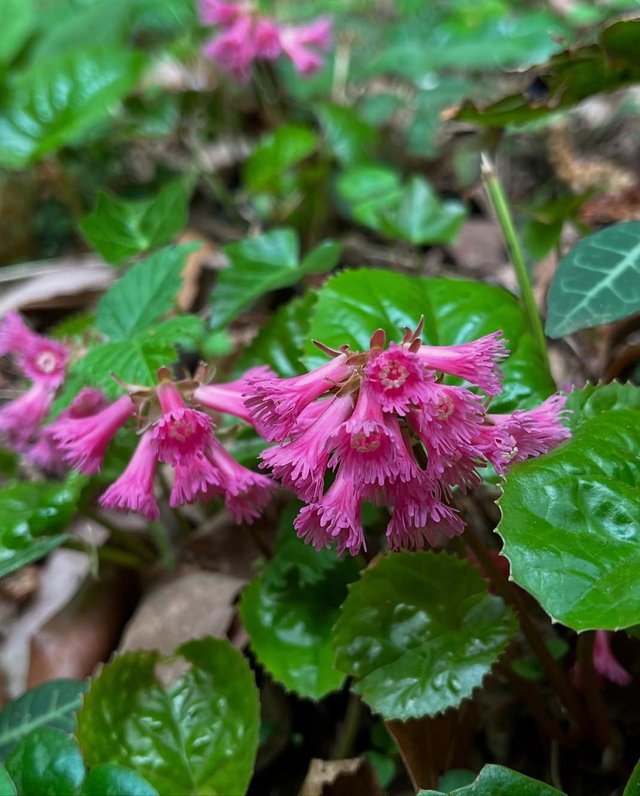Fringed Galax Flower
Tucked away in the quiet, shaded forests of the southeastern United States, the Fringed Galax is a plant that often escapes the eye of even the most devoted hikers and wildflower enthusiasts—yet to those who notice it, it becomes unforgettable. Known for its delicate beauty and surprising toughness, the Fringed Galax flower is a small botanical marvel that offers insight into both the resilience and fragility of nature.The Fringed Galax is a perennial evergreen herb that typically grows in moist, wooded slopes, especially in the Appalachian Mountains. While the plant itself stays low to the ground, its flower stalks rise up in late spring and early summer, sometimes reaching heights of up to 3 feet.
The flowers, which are the real stars of the show, are tiny—just about 1/8 inch wide—but bloom in dense, elegant spikes. Each bloom has five petals with a faintly fringed or ruffled appearance, lending the plant its poetic name. Their color is a pristine white, which stands out vividly against the deep green of the forest floor.One of the most remarkable aspects of the plant is its shiny, round, leathery leaves, which persist through the winter and can turn a brilliant reddish bronze in cold weather. These leaves are sometimes harvested for use in floral arrangements, which has unfortunately led to overharvesting in some areas.
The Fringed Galax may look delicate, but it plays a subtle but important role in the woodland ecosystem. It thrives in the rich, acidic soils of mixed hardwood forests, particularly under the canopy of trees like oaks, hickories, and hemlocks. Its evergreen leaves provide year-round ground cover, helping to prevent soil erosion and offering habitat to small insects and critters.Pollinators, particularly small bees and flies, are drawn to the plant's delicate flowers. Though not a major nectar source, it contributes to the overall pollination web that helps support the biodiversity of the region.Despite its resilience, Galax is a plant under pressure. Its attractive leaves have long been harvested by the floral industry—often illegally. Overcollection, along with habitat destruction due to logging and development, has made it a species of concern in several states.



